Namibia Portfolio [update]
 Tuesday, January 9, 2007 at 09:53AM
Tuesday, January 9, 2007 at 09:53AM More info on my Namibia Portfolio.
 News
News
I am an avid adventurer, conservationist, teacher, and outdoor photographer whose photography celebrates the African landscape and its rich wildlife, people, and culture. My photographic safaris allow my travelers to not only enhance their understanding of photography, lighting, and wildlife, but to develop a life-long admiration for Africa ‘s beauty and culture.
Banana Republic recently used my photographs as the cornerstone of their Urban Safari campaign, and my images were seen in all 750 stores around the globe, as well as in their billboards, catalogs and annual report. I was also the winner of the BBC Wildlife Photographer of the Year in the ‘Wild Places’ category in 2008 and a highly commended in the ‘Creative Visions of Nature’ category in 2007.
I launched Gura Gear in 2008, in an attempt to deliver lightweight camera bags to the market. I was looking for a lightweight camera bag to hold all of my photographic gear, and there was nothing desirable on the market that suited my needs. After spending 2 years with many prototypes, the Gura Gear Kiboko bag was born. More products are now available on the Gura Gear web site.
 Tuesday, January 9, 2007 at 09:53AM
Tuesday, January 9, 2007 at 09:53AM  Monday, January 8, 2007 at 09:28AM
Monday, January 8, 2007 at 09:28AM I have finally found the time to process a few images from my November Arches & Canyonlands National Parks workshop. Here are just a few of the ones that I have processed.
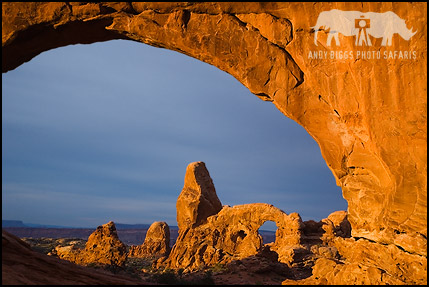
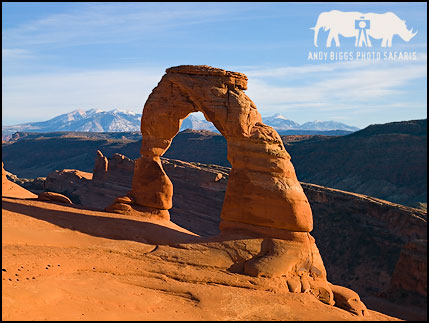
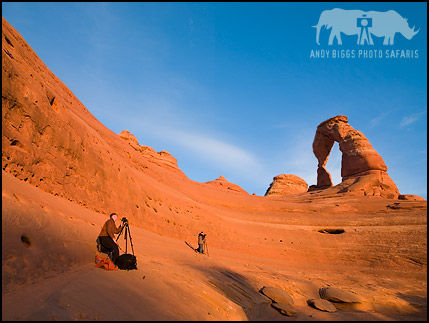
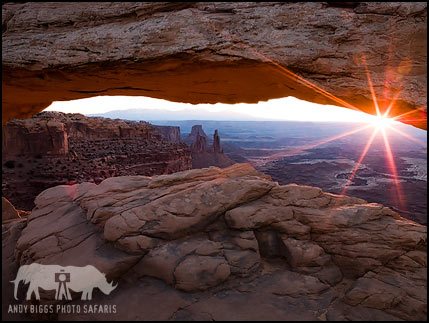

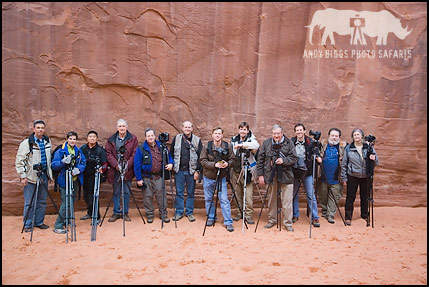
 Saturday, January 6, 2007 at 06:03AM
Saturday, January 6, 2007 at 06:03AM 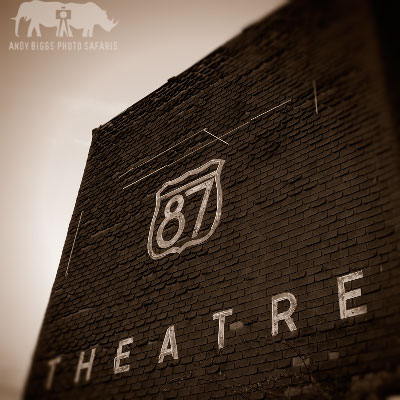
 Thursday, January 4, 2007 at 06:06AM
Thursday, January 4, 2007 at 06:06AM  Tuesday, January 2, 2007 at 08:52AM
Tuesday, January 2, 2007 at 08:52AM 
 Thursday, December 28, 2006 at 04:20PM
Thursday, December 28, 2006 at 04:20PM  Friday, December 22, 2006 at 08:13AM
Friday, December 22, 2006 at 08:13AM  Wednesday, December 20, 2006 at 03:46AM
Wednesday, December 20, 2006 at 03:46AM 
"Which Way?", Cape of Good Hope, Africa, April 2006
Canon EOS 5D + 24-105mm f/4 L IS